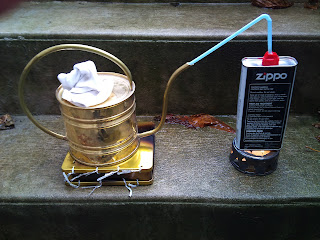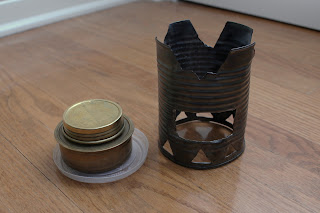Stove/Fuel Choice for Italy
In Italy, we hope to cut our costs down somewhat by cooking as many of our meals as possible. But, the availability of stove fuels is somewhat different that North America, meaning that choosing a stove is a little hard. White gas (camping fuel), and the standard EN417-threaded butane canisters so plentiful here are quite scant in most of Europe - Italy included. Across the pond, Campingaz' dominance in the market means that its own proprietary canisters are ubiquitous throughout much of the continent, to the chagrin of many tourists, who won't have much luck finding EN417 butane canisters for their stoves in all but the largest cities in Italy.* *Update: We have completed our tour of Italy, and in fact did not have too much difficulty locating the EN417-threaded canisters. We purchased our refill at an odd little "Liquigas" shop in Siena, a chain which appears to be unique to Italy. There are more of these shops, and so our advice would be to start the search the



